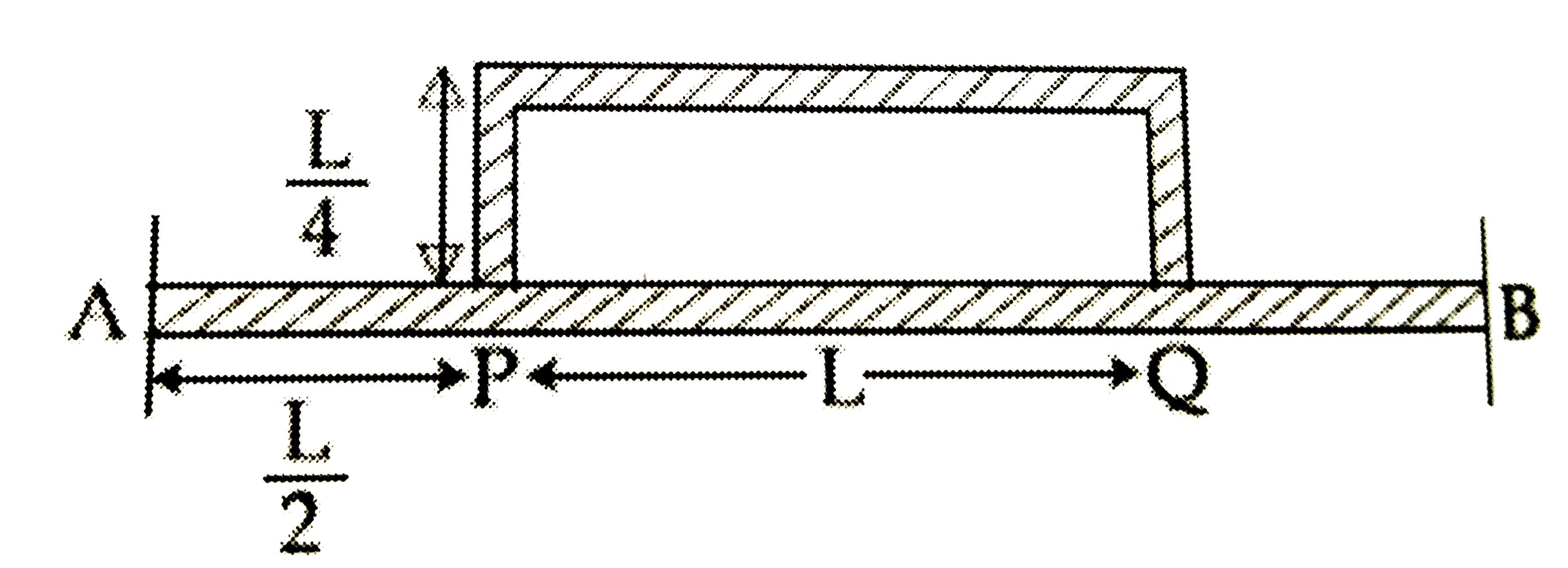Recommended Questions
- Temperature difference of 120^(@)C is maintained between two ends of a...
08:01
|
Playing Now - A rod is heated at one end as shown in figure. In steady state tempera...
01:46
|
Play - Two rods of different materials having differnet lengths and same cros...
04:38
|
Play - Two rods are connected as shown. The rods are of same length and same ...
01:24
|
Play - Two rods of material, x and two of y are connected as shown in the fig...
04:28
|
Play - Five rods of same material and same cross-section are joined as shown....
02:38
|
Play - Five rods of same material and same cross-section are joined as shown....
02:38
|
Play - A rod AB of uniform cross-section consists of 4 sections AC, CD, DE an...
Text Solution
|
Play - Temperature difference of 120^(@)C is maintained between two ends of a...
08:16
|
Play
